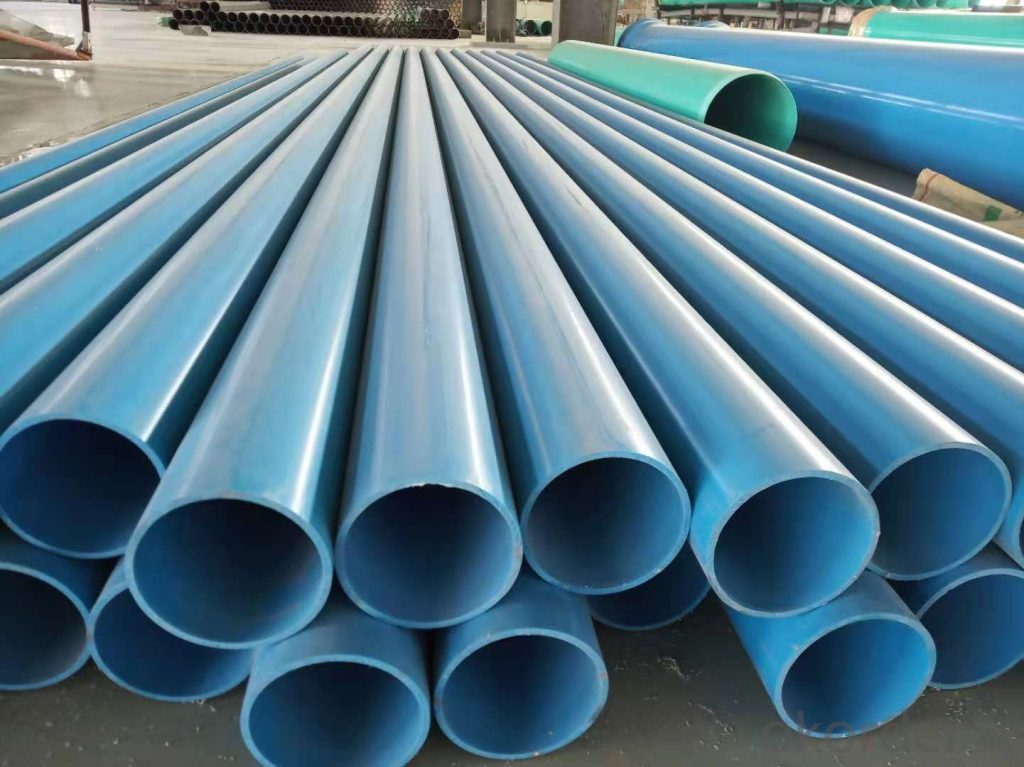Production process of active nano calcium carbonate for high performance PVC pipe

Activated nano-calcium carbonate is used in plastics, rubber and other polymer materials to fill and reinforce, and to improve the mechanical properties of products, increase the amount of fillers under the condition that the performance remains unchanged, reduce the overall cost of products, and improve product quality. market competitiveness. Therefore, nano calcium carbonate is more and more widely used in plastics, rubber, adhesives, inks and other fields, especially in polyvinyl chloride (PVC) products with the largest amount.
In order to meet the needs of producing high-strength, high-elasticity PVC pipes, Xie Zhong et al. used limestone as raw material to generate lime by calcining, and adopted the double-tower continuous carbonization method to produce nano-calcium carbonate. The surface treatment agent composed of coupling agent and other components is used to activate the calcium carbonate, and the nanometer activated calcium carbonate with low oil absorption value, good processing performance and good dispersibility is prepared.
Production process of active nano-calcium
Using limestone as raw material, it is calcined to generate quicklime CaO and CO2. CaO is dissolved in water-produced slaked lime Ca(OH)2. Add crystal form control agent to slaked lime Ca(OH)2 water, and control certain concentration and temperature conditions. After stirring, the kiln exhaust gas (CO2) is introduced, and the reaction generates nano-calcium carbonate (carbonization).
The nanoscale calcium carbonate slurry is heated to a certain temperature, activated (activated) by adding a surface treatment agent, and then the water in the filter cake is removed by a filter press, and then the nanoscale activated calcium carbonate is obtained by air drying, classification and sieving.
Carbonization process: Double-tower continuous carbonization method is adopted, the first jet tower, the second bubble tower, the effective volume of each tower is 30m3. Add Ca(OH)2 slurry (specific gravity: 1.05), the temperature of the slurry is 15~25℃, add 0.2%~0.8% crystal control agent (calculated on the basis of Ca(OH)2 dry basis), pass CO2, control CO2 The concentration is 30%, the carbonization reaction time is 130min, the end point temperature of the carbonization reaction is ≤55℃, the pH value is 8.0, and the air permeability specific surface area is ≥9.5m2/g. If the dry concentration of Ca(OH)2 is too high, the viscosity of the slurry will increase, the coating phenomenon will be serious, and the calcium carbonate particles are easy to agglomerate into large particles, and the calcium carbonate particles are mixed with Ca(OH)2, control the Ca(OH)2 The mass base concentration of 5% to 10% is appropriate.
Activator: Commonly used activators (surface treatment agents) mainly include inorganic treatment agents, fatty acids and their derivatives, resin acids, coupling agents, polymer compounds and vegetable oils. Activated calcium carbonate products for different uses are mainly different from the use of different surface treatment agents. After the selection of active agent varieties and the optimization of the ratio, four kinds of substances including fatty acid, vegetable oil, non-ionic surfactant and coupling agent were finally selected, and the ratio was 3:2:1:0.5.
Activation process: 3-step surface treatment method is adopted, 3 different activators are activated in 3 times, the CaCO3 slurry (3.0t based on CaCO3 dry basis) is pumped into the 30m3 activation tank, the mixer is started, the speed is 280r/min, and then Add activator for activation, add the saponified fatty acid solution, stir for 1h, and complete the first step of activation. Then, the emulsified vegetable oil and monoglyceride solution were added and stirred for 1 h to complete the second step of activation. Then add the emulsified coupling agent solution and stir for 1 h to complete the third step of activation.
The active nano calcium carbonate produced by this process has low oil absorption value, good processing performance and good dispersibility. It is used as a filling and reinforcing agent in the production of PVC drainage pipes. , Longitudinal retraction rate, flat test and other indicators are better than the national standard for PVC pipes. A 30-ton truck is pressed over the drain pipe, and the water pipe is still restored to its original shape, and the product performance is excellent.
